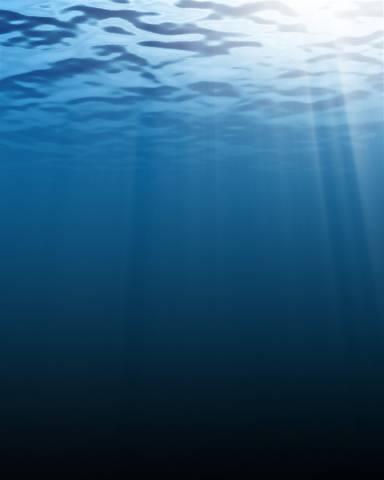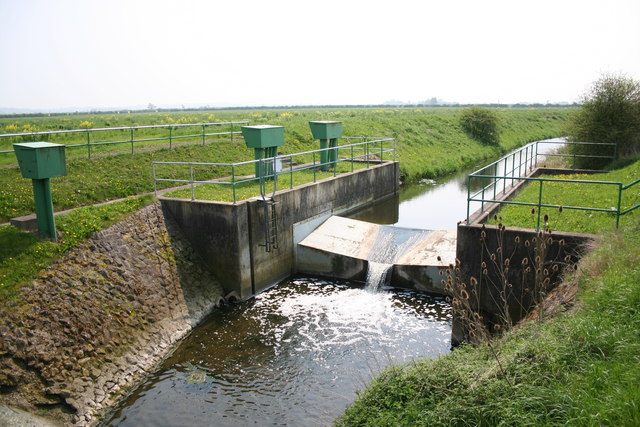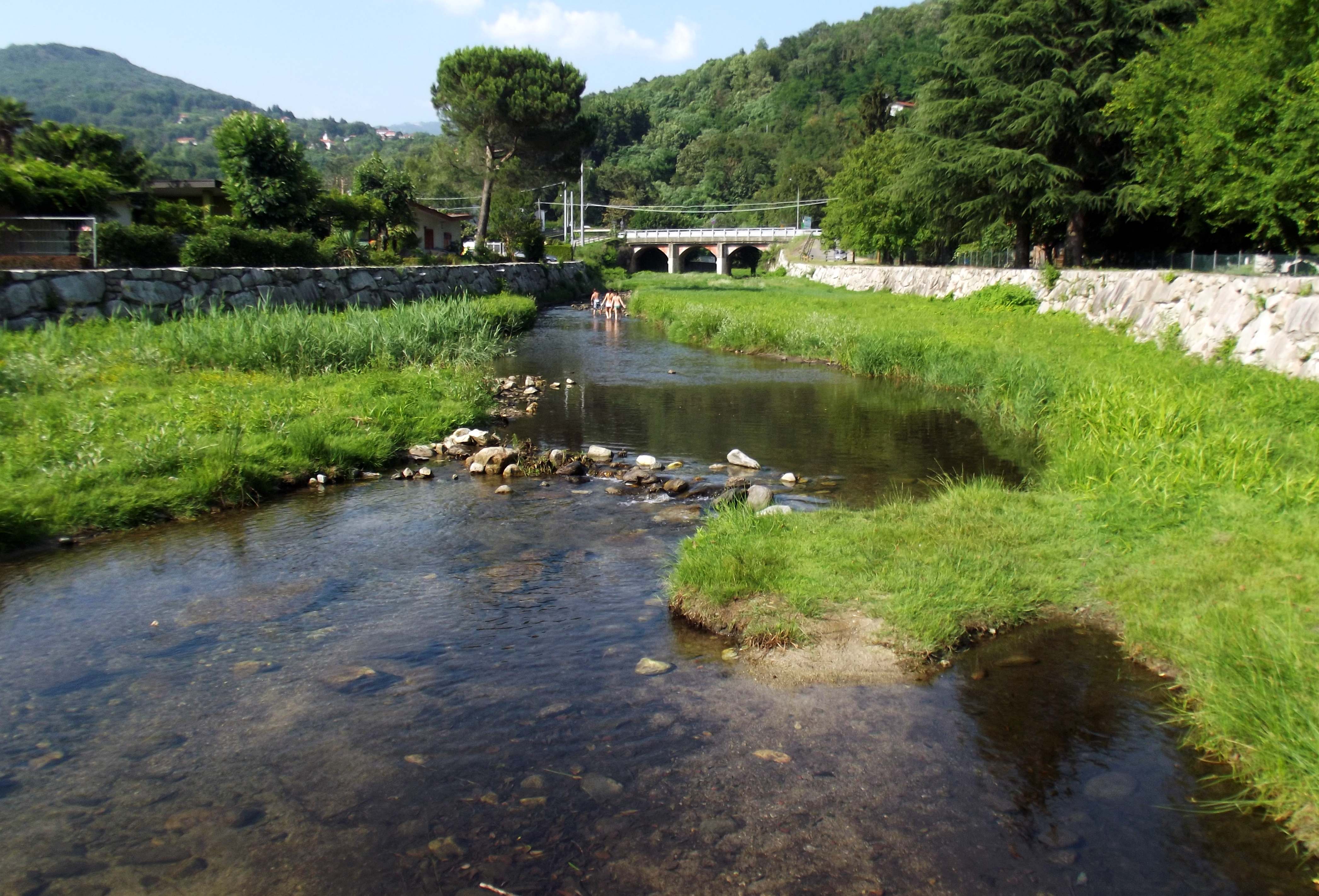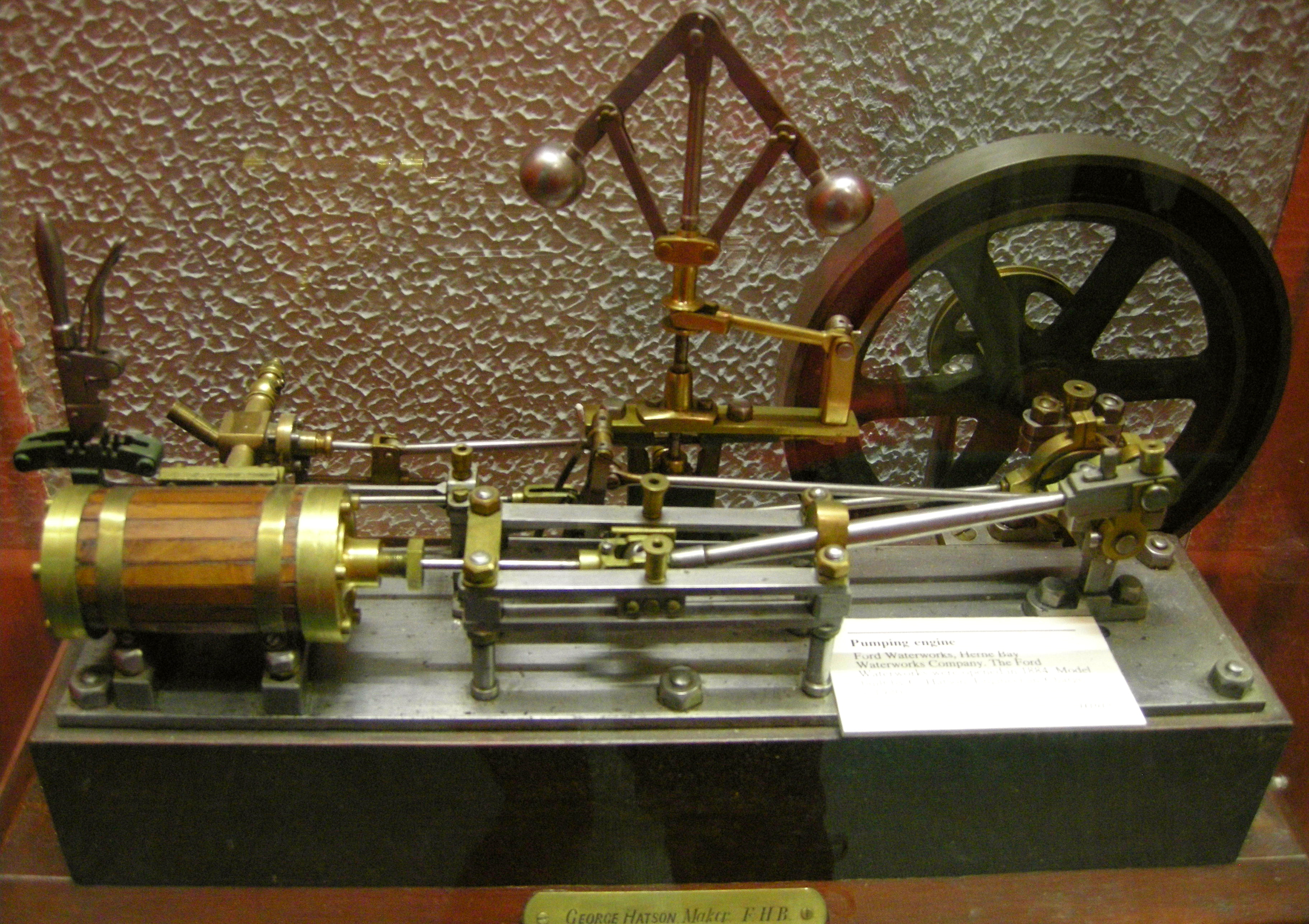|
Staff (head) Gauge
A staff gauge or head gauge is calibrated scale which is used to provide a visual indication of liquid level. When installed perpendicular to an inclined or sloped surface, a staff gauge is usually calibrated so that the indicated level is the true vertical level. Staff gauges are commonly installed at stream gauging stations to indicate the water stage or water level. They are also used to indicate the level (and hence flow rate) in open channel primary devices (flumes or weirs); see discharge (hydrology). See also * Head (hydrology) In hydrology, the head is the point on a watercourse up to which it has been artificially broadened and/or raised by an Dam, impoundment. Above the head of the reservoir natural conditions prevail; below it the water level above the Stream bed, ... * Level staff {{water-stub Water supply Hydrology instrumentation ... [...More Info...] [...Related Items...] OR: [Wikipedia] [Google] [Baidu] |
Ruler
A ruler, sometimes called a rule, scale, line gauge, or metre/meter stick, is an instrument used to make length measurements, whereby a length is read from a series of markings called "rules" along an edge of the device. Usually, the instrument is rigid and the edge itself is a straightedge ("ruled straightedge"), which additionally allows one to draw straighter lines. Rulers are an important tool in geometry, geography and mathematics. They have been used since at least 2650 BC. Variants Rulers have long been made from different materials and in multiple sizes. Historically, they were mainly wood but plastics have also been used. They can be created with length markings instead of being wikt:scribe, scribed. Metal is also used for more durable rulers for use in the workshop; sometimes a metal edge is embedded into a wooden desk ruler to preserve the edge when used for straight-line cutting. Typically in length, though some can go up to 100 cm, it is useful for a ruler to ... [...More Info...] [...Related Items...] OR: [Wikipedia] [Google] [Baidu] |
Liquid Level
In physics, a free surface is the surface of a fluid that is subject to zero parallel shear stress, such as the interface between two homogeneous fluids. An example of two such homogeneous fluids would be a body of water (liquid) and the air in the Earth's atmosphere (gas mixture). Unlike liquids, gases cannot form a free surface on their own. Fluidized/ liquified solids, including slurries, granular materials, and powders may form a free surface. A liquid in a gravitational field will form a free surface if unconfined from above. Under mechanical equilibrium this free surface must be perpendicular to the forces acting on the liquid; if not there would be a force along the surface, and the liquid would flow in that direction. Thus, on the surface of the Earth, all free surfaces of liquids are horizontal unless disturbed (except near solids dipping into them, where surface tension distorts the surface in a region called the meniscus). In a free liquid that is not affected b ... [...More Info...] [...Related Items...] OR: [Wikipedia] [Google] [Baidu] |
Perpendicular
In geometry, two geometric objects are perpendicular if they intersect at right angles, i.e. at an angle of 90 degrees or π/2 radians. The condition of perpendicularity may be represented graphically using the '' perpendicular symbol'', ⟂. Perpendicular intersections can happen between two lines (or two line segments), between a line and a plane, and between two planes. ''Perpendicular'' is also used as a noun: a perpendicular is a line which is perpendicular to a given line or plane. Perpendicularity is one particular instance of the more general mathematical concept of '' orthogonality''; perpendicularity is the orthogonality of classical geometric objects. Thus, in advanced mathematics, the word "perpendicular" is sometimes used to describe much more complicated geometric orthogonality conditions, such as that between a surface and its '' normal vector''. A line is said to be perpendicular to another line if the two lines intersect at a right angle. Explicitly, a fi ... [...More Info...] [...Related Items...] OR: [Wikipedia] [Google] [Baidu] |
Grade (slope)
The grade (US) or gradient (UK) (also called stepth, slope, incline, mainfall, pitch or rise) of a physical feature, landform or constructed line is either the elevation angle of that surface to the horizontal plane, horizontal or its tangent. It is a special case of the slope, where zero indicates horizontal plane, horizontality. A larger number indicates higher or steeper degree of "tilt". Often slope is calculated as a ratio of "rise" to "run", or as a fraction ("rise over run") in which ''run'' is the horizontal distance (not the distance along the slope) and ''rise'' is the vertical distance. Slopes of existing physical features such as canyons and hillsides, bank (geography), stream and river banks, and stream bed, beds are often described as grades, but typically the word "grade" is used for human-made surfaces such as roads, landscape grading, roof pitches, rail tracks, railroads, aqueduct (watercourse), aqueducts, and pedestrian or bicycle routes. The grade may refer to ... [...More Info...] [...Related Items...] OR: [Wikipedia] [Google] [Baidu] |
Vertical Level
Vertical position or vertical location is a position along a vertical direction (the plumb line direction) above or below a given vertical datum (a reference level surface, such as mean sea level). Vertical distance or vertical separation is the distance between two vertical positions. Many vertical coordinates exist for expressing vertical position: depth, height, altitude, elevation, etc. Points lying on an equigeopotential surface are said to be on the same vertical level, as in a water level. A function with domain along the vertical line is called a ''vertical distribution'' or ''vertical profile''. Definitions The International Organization for Standardization (ISO), more specifically ISO 19111, offers the following two definitions: * ''depth'': "distance of a point from a chosen reference surface measured downward along a line perpendicular to that surface." * ''height'': "distance of a point from a chosen reference surface measured upward along a line perpendicular to that ... [...More Info...] [...Related Items...] OR: [Wikipedia] [Google] [Baidu] |
Stream Gauging
A stream gauge, streamgage or stream gauging station is a location used by hydrologists or environmental scientists to monitor and test terrestrial bodies of water. Hydrometric measurements of water level surface elevation ("stage") and/or volumetric discharge (flow) are generally taken and observations of biota and water quality may also be made. The locations of gauging stations are often found on topographical maps. Some gauging stations are highly automated and may include telemetry capability transmitted to a central data logging facility. Measurement equipment Automated direct measurement of stream discharge is difficult at present. Mathematically, measuring stream discharge is estimating the volumetric flow rate, which is in general a flux integral and thus requires many cross-sectional velocity measurements. In place of the direct measurement of stream discharge, one or more surrogate measurements can be used as proxy variables to produce discharge values. In th ... [...More Info...] [...Related Items...] OR: [Wikipedia] [Google] [Baidu] |
Water Stage
Water level, also known as gauge height or stage, is the elevation of the free surface of a sea, stream, lake or reservoir relative to a specified vertical datum. Over long distances, neglecting external forcings (such as wind), water level tends to conform to an equigeopotential surface. See also * Water level (device), device utilizing the surface of liquid water to establish a local horizontal plane of reference * Flood stage * Hydraulic head * Stream gauge ** Water level gauges * Tide gauge * Level sensor * Liquid level * Reference water level * Stage (hydrology) * Sea level Mean sea level (MSL, often shortened to sea level) is an mean, average surface level of one or more among Earth's coastal Body of water, bodies of water from which heights such as elevation may be measured. The global MSL is a type of vertical ... References Hydrology Vertical position {{hydrology-stub ... [...More Info...] [...Related Items...] OR: [Wikipedia] [Google] [Baidu] |
Discharge (hydrology)
In hydrology, discharge is the volumetric flow rate (volume per time, in units of m3/h or ft3/h) of a stream. It equals the product of average flow velocity (with dimension of length per time, in m/h or ft/h) and the cross-sectional area (in m2 or ft2). It includes any suspended solids (e.g. sediment), dissolved chemicals like (aq), or biologic material (e.g. diatoms) in addition to the water itself. Terms may vary between disciplines. For example, a fluvial hydrologist studying natural river systems may define discharge as streamflow, whereas an engineer operating a reservoir system may equate it with outflow, contrasted with inflow. Formulation A discharge is a measure of the quantity of any fluid flow over unit time. The quantity may be either volume or mass. Thus the water discharge of a tap (faucet) can be measured with a measuring jug and a stopwatch. Here the discharge might be 1 litre per 15 seconds, equivalent to 67 ml/second or 4 litres/minute. This is an average meas ... [...More Info...] [...Related Items...] OR: [Wikipedia] [Google] [Baidu] |
Head (hydrology)
In hydrology, the head is the point on a watercourse up to which it has been artificially broadened and/or raised by an Dam, impoundment. Above the head of the reservoir natural conditions prevail; below it the water level above the Stream bed, riverbed has been raised by the impoundment and its Discharge (hydrology), flow rate reduced, unless and until banks, barrages, weir sluices or dams are overcome (overtopped), whereby a less frictional than natural course will exist (mid-level and surface rather than bed and bank currents) resulting in flash flooding below. In principle, a distinction must be drawn between the head of a reservoir impounded by a dam, and the head of a works resulting from a barrage (dam), barrage or canal locks. Head of a reservoir A head's location varies with the height of the water level against the dam. Since there is only an extremely low flow within the reservoir so no water level gradient, the head can be clearly seen: where the farthest watercou ... [...More Info...] [...Related Items...] OR: [Wikipedia] [Google] [Baidu] |
Level Staff
A level staff, also called levelling rod, is a graduated wooden or aluminium rod, used with a levelling instrument to determine the difference in height between points or heights of points above a vertical datum. When used for stadiametric rangefinding, the level staff is called a stadia rod. Rod construction and materials Levelling rods can be one piece, but many are sectional and can be shortened for storage and transport or lengthened for use. Aluminum rods may be shortened by telescoping sections inside each other, while wooden rod sections can be attached to each other with sliding connections or slip joints, or hinged to fold when not in use. There are many types of rods, with names that identify the form of the graduations and other characteristics. Markings can be in imperial or metric units. Some rods are graduated on one side only while others are marked on both sides. If marked on both sides, the markings can be identical or can have imperial units on one side and m ... [...More Info...] [...Related Items...] OR: [Wikipedia] [Google] [Baidu] |
Water Supply
Water supply is the provision of water by public utilities, commercial organisations, community endeavors or by individuals, usually via a system of pumps and pipes. Public water supply systems are crucial to properly functioning societies. These systems are what supply drinking water to populations around the globe. Aspects of service quality include continuity of supply, water quality and water pressure. The institutional responsibility for water supply is arranged differently in different countries and regions (urban versus rural). It usually includes issues surrounding policy and regulation, service provision and standardization. The cost of supplying water consists, to a very large extent, of fixed costs (capital costs and personnel costs) and only to a small extent of variable costs that depend on the amount of water consumed (mainly energy and chemicals). Almost all service providers in the world charge tariffs to recover part of their costs. Water supply is a separat ... [...More Info...] [...Related Items...] OR: [Wikipedia] [Google] [Baidu] |




